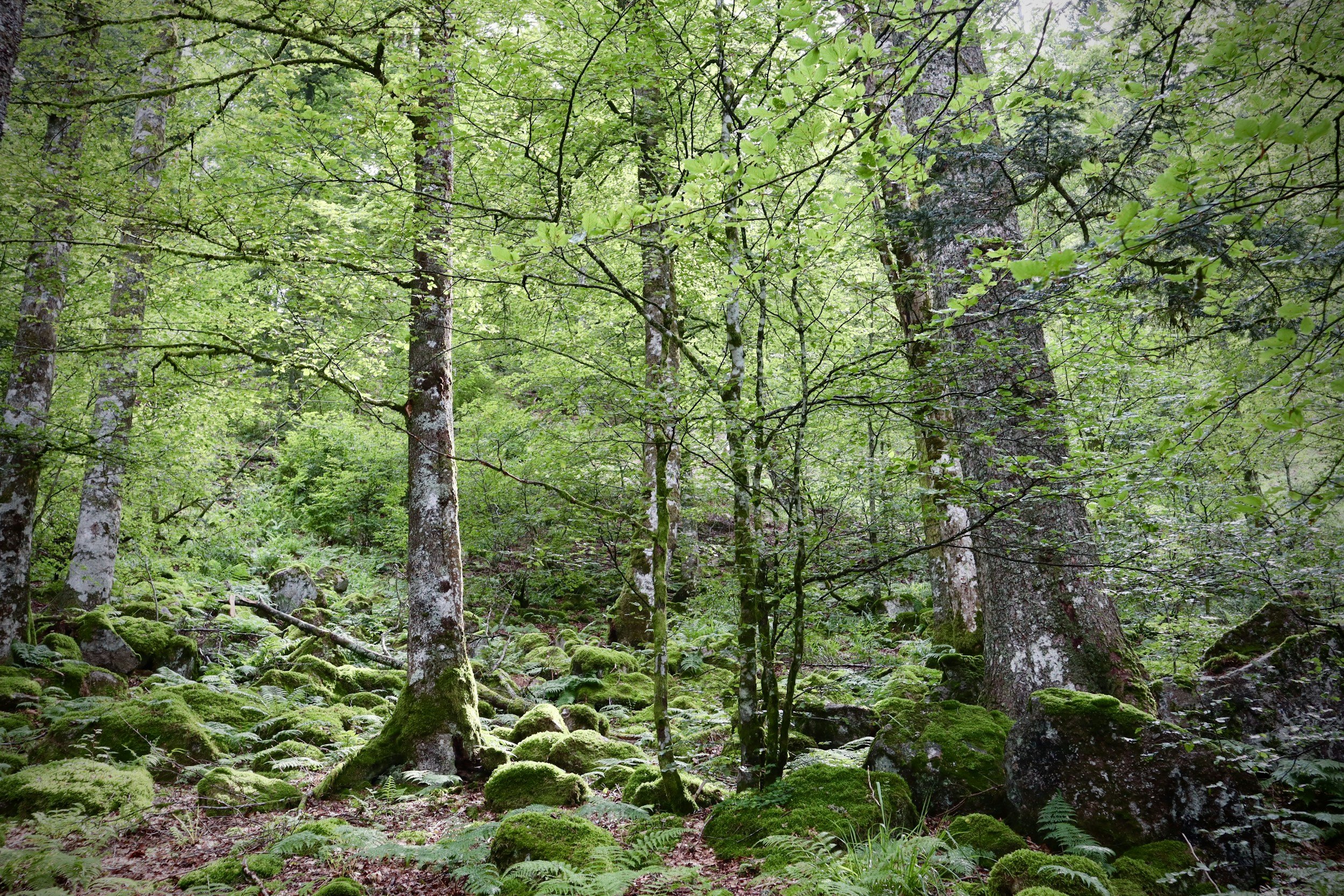
Outdoor Therapy
Why Do I Feel Better When I'm Outside?
Have you noticed how your shoulders drop, your breath deepens, and your mind feels clearer when you step outside?
The beauty of the mind-body connection in nature is right there, in that first sigh, and looking at your surroundings. When we orient ourselves to what’s all around us and find safety, our nervous systems settle.
There’s often a natural inclination to appreciate nature itself. A lovely surprise that’s often overlooked is that there’s also often greater ease in appreciating one’s own fumbling attempts at being human while outdoors.
The more easily accessed feelings of calm experienced outside often allow for this gentle shift toward self-compassion. The gaze on one’s own issues can simultaneously soften and widen.

How we can utilise the gifts of nature in a therapy session
When working with trauma, this connection to the natural world can be especially powerful, often providing a missing link to a relationship where one experiences ease, unconditional acceptance, patience, and curiosity.
Nature has its mud, storms, and scorching sun — a great teacher of intensity — but she also offers a steady, nonjudgmental holding and listening.
Outdoor therapy sessions can involve sitting, walking, and the integration of somatic and movement practices.
Most often, each session is a discovery of what your body and mind need on a particular day, as we move between different modes of exploration.
We may also decide that indoor work is most appropriate at times, and pause meeting outdoors. Take a look at the outdoor therapy agreement here for further consideration of what’s involved in outdoor therapy.
Sit and Talk
Perhaps you prefer to look out at a stream flowing, or tall, sturdy trees, while we sit and allow the surroundings to envelop our exploration of your experiences. This works well for those with a preference for reduced eye contact, as we will often sit side by side on a bench or other supportive natural elements.
Walk and Talk
This is best suited for those who prefer reduced eye contact and are most comfortable talking while in motion. We always have the option to stop, sit and explore any meanings that emerge from this.
Somatic - Movement -Talk Integration
If you love expressing yourself through movement, or are curious about what this holds for you, we’ll have a rich exploration here, using movement, somatic practices, and talk to guide a new experience of your self-understanding. Working with these practices outdoors deepens the relationship between your internal and external landscapes.